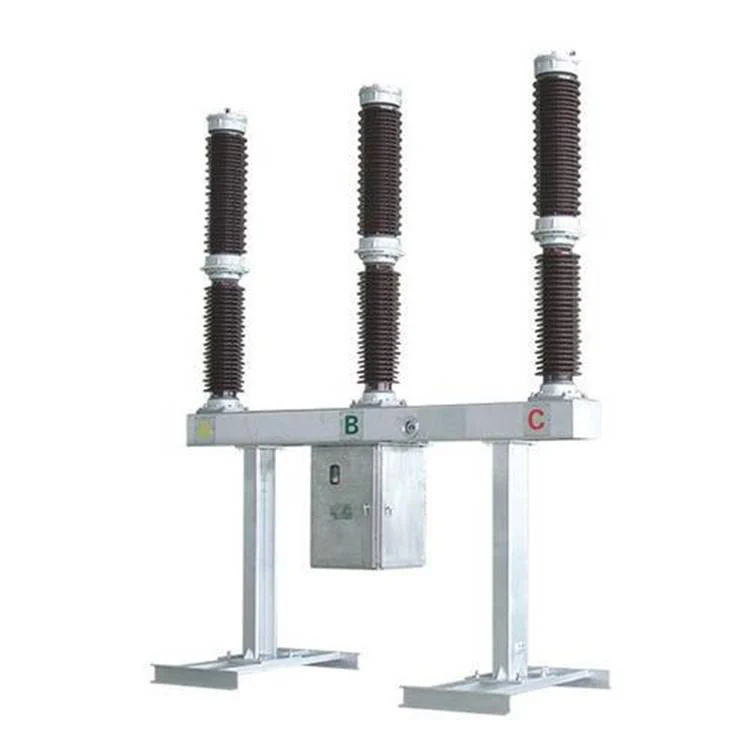Key Components of Outdoor Gas Circuit Breaker
2024-07-04
Outdoor gas circuit breakers are critical components in high-voltage electrical systems, designed to interrupt or break electrical currents in the event of faults or overload conditions. They are typically used in substations and power distribution networks where reliability and performance are essential. Here are the key components of an outdoor gas circuit breaker:
1. Interrupter Unit:
- The heart of the circuit breaker, responsible for interrupting the electrical current.
- Consists of contacts that open and close to control the flow of current.
- In gas circuit breakers, the interrupter unit uses compressed sulfur hexafluoride (SF6) gas or other insulating gases to extinguish the arc when contacts open.
2. Operating Mechanism:
- Provides the mechanical means to open and close the contacts of the circuit breaker.
- Includes mechanisms such as spring-operated mechanisms or motor-operated mechanisms for remote operation.
- Ensures reliable operation and proper timing of contact movement to interrupt the current.
3. Gas Insulation System:
- Uses compressed SF6 gas or other suitable insulating gases to provide insulation and extinguish the arc when the contacts open.
- The gas insulation system must maintain high dielectric strength to withstand the voltage and current stresses during operation.
4. Pressure Relief Device:
- Installed to safely release excess gas pressure inside the circuit breaker enclosure during abnormal conditions, such as internal faults or overcurrents.
- Prevents damage to the circuit breaker and ensures safe operation.
5. Control and Protection System:
- Includes control panels, relays, and sensors that monitor the operating conditions of the circuit breaker.
- Provides protection functions such as overcurrent protection, under-voltage protection, and fault detection.
- Enables remote operation, monitoring, and integration with supervisory control and data acquisition (SCADA) systems.
6. Enclosure and Weatherproofing:
- Designed to withstand outdoor environmental conditions, including temperature variations, moisture, dust, and UV exposure.
- The enclosure is typically made of robust materials such as stainless steel or aluminum with weatherproof seals and gaskets.
7. Bushings and Terminals:
- Provide electrical connections for incoming and outgoing conductors.
- Bushings are insulated devices that extend from the circuit breaker enclosure to safely connect to external cables or busbars.
8. Mechanical Support Structure:
- Provides structural integrity and support for mounting the circuit breaker in outdoor installations, such as substations.
- Ensures stability and alignment of components during operation and maintenance.
9. Maintenance and Monitoring Equipment:
- Includes equipment for periodic maintenance tasks such as gas refilling, leak detection, and insulation testing.
- Monitoring devices track performance parameters like gas pressure, temperature, and operating currents to optimize maintenance schedules and ensure reliability.
Outdoor gas circuit breakers are engineered to operate reliably in demanding conditions, providing essential protection and control in high-voltage electrical systems. Their design and components are tailored to withstand environmental challenges while ensuring efficient interruption of electrical faults to maintain continuous power supply reliability.



